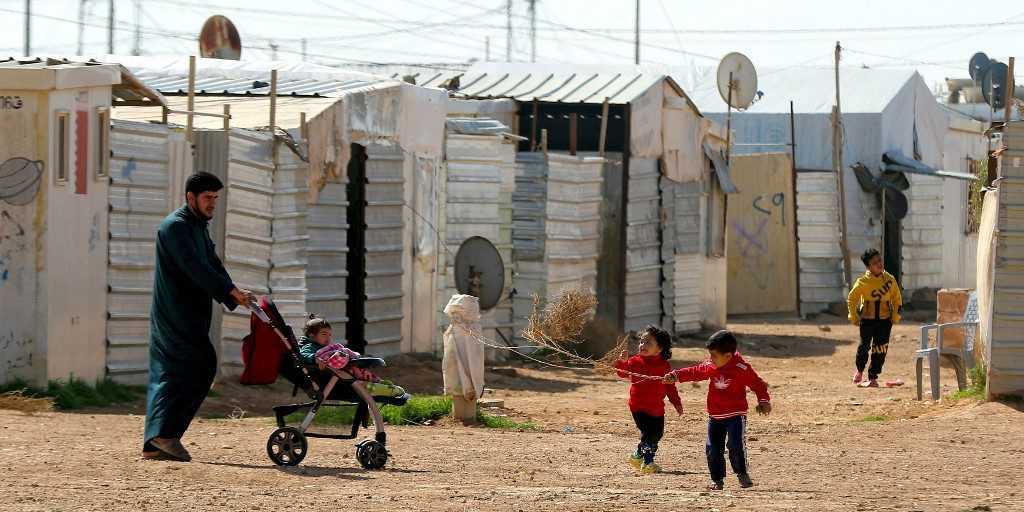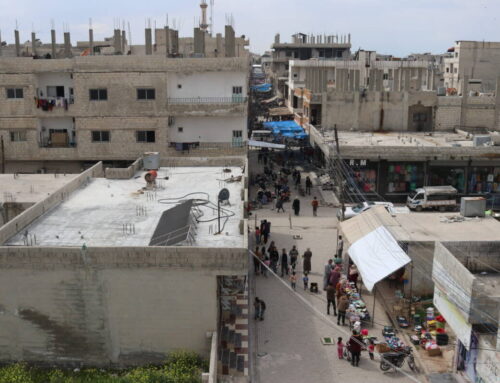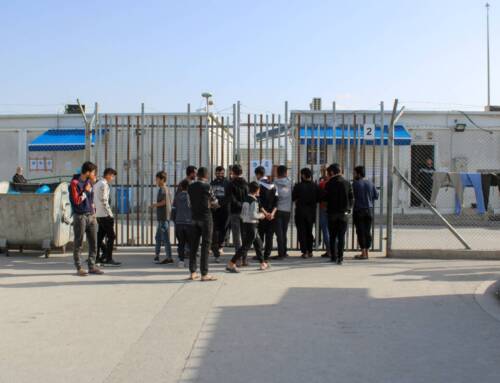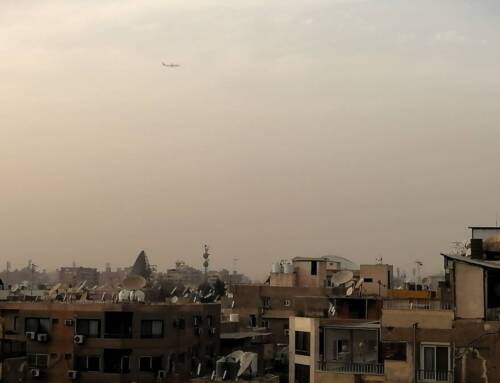Syrian refugees in Jordan risk losing critical support due to severe funding gap
UN agencies have warned that assistance and essential services may be cut this summer amidst severe funding shortages. So far, Jordan has received less than 2% of funds needed for the Syrian refugee response in 2021.
20 May 2021
AMMAN — Nearly 200,000 Syrian refugees in Jordan could lose access to food support after May, in addition to other critical humanitarian programs that could be cut due to serious funding gaps.
According to Jordan’s Ministry of Planning and International Cooperation (MOPIC), only 1.6% of the $2.4 billion requested to implement the Jordan Response Plan (JRP), coordinating the response to the Syrian refugee crisis in Jordan, have been secured as of March 31. The JRP’s funding status is updated on a quarterly basis.
Humanitarian appeals typically fall short of their fundraising targets. Still, this drastically low percentage is not in line with previous years, according to the UN agencies and NGOs contacted by Syria Direct. By the end of 2020, the JRP had received over $1.1 billion, amounting to 49% of the funding needed that year.
The alarming gap threatens to impact essential assistance and critical services provided to over 665,000 Syrian asylum-seekers and registered refugees living in Jordan. The three largest UN agencies supporting refugees are affected, and NGOs similarly face uncertainty about their ability to fund future activities.
At a humanitarian coordination meeting held at the end of March, the World Food Programme (WFP) warned it was experiencing “severe funding shortfalls,” impacting its ability to provide food assistance to over 500,000 beneficiaries each month.
Eventually, WFP secured funding through the end of May, but it still needs $64 million to meet expected needs, Dara ElMasri, a spokesperson for WFP Jordan, told Syria Direct.
“This WFP assistance is a lifeline to half a million refugees living across the country, including in the Syrian refugee camps and in [local] communities in Jordan,” ElMasri added. “If we are unable to raise additional funds, [the] funding gap could eventually affect all refugees assisted by WFP.”
UNICEF, the UN agency leading the provision of water and sanitation services in the camps, raised similar concerns in late March. With a $9.2 million gap in funding, UNICEF warned it might need to reduce its services in the camps by June.
“Funding support for critical WASH services in camps remains a critical issue,” Tanya Chapuisat, the UNICEF Jordan representative, told Syria Direct. However, “camp operations are prioritized for the most vulnerable and will be continued across all camps.”
Contacted by Syria Direct, UNHCR in Jordan also stressed the gravity of the funding gap while dispelling fears of drastic cuts in its programming.
“As UNHCR, we are 22% funded, which is [roughly] in line with previous years,” Lilly Carlisle, UNHCR Jordan spokesperson, told Syria Direct. “It’s not huge amounts of funding, but it’s enough for now, and we are predicting that, at least us at UNHCR, we will have more coming in in future months.”
Declining donor interest in the Syria response
These funding challenges are part of a broader regional trend.
In response to Syria’s humanitarian crisis, funding is channeled through two main mechanisms: the Syrian Humanitarian Response Plan (HRP), directed towards emergency projects inside Syria, and the Regional Refugee and Resilience Plan (3RP), a regional plan covering Iraq, Jordan, Lebanon, Turkey and Egypt.
At the Brussels V Conference, “Supporting the future of Syria and the region,” held last March, donors pledged $4.4 billion to respond to the Syrian crisis in 2021 (including pledges towards the 3RP, the Syria HRP and a third appeal), $1.1 billion less than for the previous year.
“Worryingly, we are really seeing a decrease of commitment for the Syria crisis,” Alexandra Matei, Advocacy and Communications Director for the INGO World Vision, told Syria Direct. “The UK and US really downscaled their funding for the whole Syria crisis [at the Brussels V conference],” she noted.
The 3RP is currently only 9.3% funded for 2021, a regional funding gap that trickles down into all countries covered by the plan, including Jordan.
Donor commitments towards the regional Syria response as a proportion of yearly funding appeals have been steadily decreasing between 2013 and 2020. According to the UN’s financial tracking system, funding levels for the 3RP reached 53% by the end of 2018, 42% by the end of 2019 and 39% by the end of 2020.
Growing needs amid a pandemic
The COVID-19 pandemic has taken an additional toll as “traditional government donors are focusing more inwards on their own national population and have decreasing humanitarian budgets as a result,” Carlisle highlighted.
As needs increase while funding declines, some sectors seen as less critical or less time-sensitive have been sidelined.
“What we are seeing since the [start of the pandemic] is a massive increase in child protection risks and child labor, particularly school dropouts and the inability of children to get basic learning due to the lack of IT equipment and capacity of teachers,” Matei noted, citing the education sector as among the most affected by COVID-19.
Now, even the most basic services such as water provision and food assistance are at risk even as the vulnerability of refugees has drastically increased. Most refugees earn daily wages working in the informal sector, which is the most affected by COVID-prevention measures.
“WFP assistance is currently the only income for 16% of families and provides some 60% of the household income for the average refugee family,” El Masri highlighted. “Seeing how the family food security situation has deteriorated even when WFP has been providing assistance, the consequences of funding gaps on those vulnerable families would be dire.”
Nearly halfway into the year, humanitarian actors are tightly pressed to secure additional funding, but both UNHCR and WFP say their efforts have so far been unsuccessful.
Consequently, “all agencies are going to have to relook at how we can reprioritize the funding that we have into the core activities, rather than being able to fulfill [all our] programs,” Carlisle regretted.







